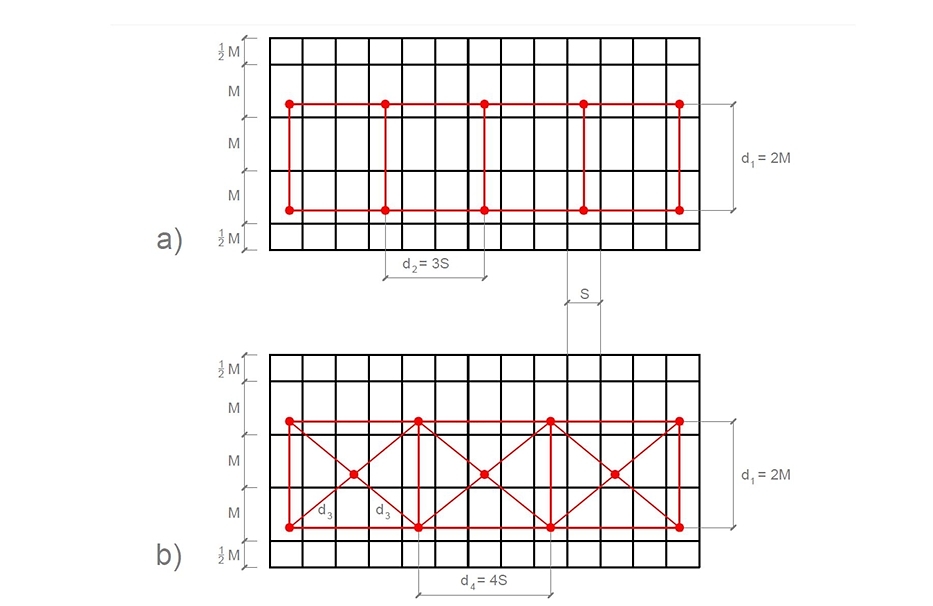Current issue
Online first
Archive
About the Journal
Aims and scope
Editorial Board
International Editorial Board
List of Reviewers
Abstracting and indexing
Ethical standards and procedures
REMV in Social Media
Contact
Instructions for Authors
Instructions for Authors
Manuscript formatting template
Title page
Highlights
Payments
‘Ghostwriting’ and ‘Guestauthorship’
Guidelines for Referees
The use of public space during the epidemic
1
Department of Integrated Geodesy and Cartography, AGH University of Science and Technology, Poland
2
Institute of Technical Engineering, The State University of Technology and Economics in Jaroslaw, Poland
Submission date: 2021-12-06
Final revision date: 2022-06-13
Acceptance date: 2022-06-14
Publication date: 2023-03-10
REMV; 2023;31(1):1-9
HIGHLIGHTS
- the article contains some practical examples with comments and evaluation of benefits both in terms of ensuring safety and in terms of effective use of space.
KEYWORDS
TOPICS
ABSTRACT
At the beginning of this article, it was shown that the indicators of the current so-called social distance determined by decision-makers at various stages of the epidemic development are imprecise, do not sufficiently take into account spatial relations, are unclear in public perception, and do not contain specific practical solutions. Therefore, this study undertakes the task of giving the term “social distancing” precise features, defined on the basis of geometry, and providing solutions in typical cases of the living space of the population. The geometry of the distribution of people in various situations of everyday life was considered: people standing during concerts or religious ceremonies, sitting during meals in collective catering rooms and participating in lectures, cultural, entertainment or sports events. In the latter group of tasks, the concept of building a people-distribution scheme must be adapted to the existing, arbitrary grid of real places of a lecture hall, theater hall, cinema, or stadium. The article contains some practical examples with comments and an evaluation of benefits, both in terms of ensuring safety and in terms of effective use of space.
We process personal data collected when visiting the website. The function of obtaining information about users and their behavior is carried out by voluntarily entered information in forms and saving cookies in end devices. Data, including cookies, are used to provide services, improve the user experience and to analyze the traffic in accordance with the Privacy policy. Data are also collected and processed by Google Analytics tool (more).
You can change cookies settings in your browser. Restricted use of cookies in the browser configuration may affect some functionalities of the website.
You can change cookies settings in your browser. Restricted use of cookies in the browser configuration may affect some functionalities of the website.




